India is dotted with beautiful mosques. There are thousands of extremely beautiful mosques built in different styles and differ widely in architecture, shape, size and details.
Here we detail some of the best historic mosques in India.
#MosquesinIndia
#Thread
Here we detail some of the best historic mosques in India.
#MosquesinIndia
#Thread

Masjid-i-Jehan-Numa known as Jama Masjid Delhi is one of the largest mosques in India. It was built by the #Mughal emperor Shah Jahan between 1644 and 1656. Situated in the Mughal capital it served as imperial mosque of the Mughal emperors until the demise of the empire in 1857. 

Jama Masjid #Srinagar is among most beautiful mosques in India. It was commissioned by Sultan Sikandar in 1394 and completed in 1402 at the behest of Mir Mohammad Hamadani, son of Mir Sayyid Ali Hamadani. The Jama Masjid is heavily influenced by Persian and Buddhist architecture. 

Jama Masjid #Ahmadabad was built in 1424 during reign of Ahmad Shah I, a great ruler of #Gujarat Sultanate. The mosque was inaugurated on January 4, 1424 by Sultan Ahmad Shah I. 1819 earthquake destroyed half of its lofty minarets n 1956 earthquake destroyed remaining minarets. 

Jama Masjid Rampur, a mid 19th century marvel, is among most beautiful and best kept mosques in India. It was built by the Rohila nawabs of Rampur in early 19th century facing historic fort of the town. 

Construction of #Makkah Masjid #Hyderabad began in 1617, during the reign of Sultan Muhammad Qutb Shah, sixth Qutb Shahi Sultan of Golconda. He laid its foundation stone. Around 8,000 workers were employed to build the mosque. It was completed by Mughal Emperor Aurangzeb in 1693. 

Triplicane Big Mosque Chennai was built in 1795 by the family of Muhammad Ali Khan Wallajah, the Nawab of Arcot during 1765. It has a large prayer hall, a tank and a large ground in front. It is constructed with granite without use of iron or wood 

Jama Masjid Bombay is an imposing mosque. Its construction started in 1775 with raising of foundations on the tank. The date of its completion (AD 1802) is derivable from the chronogram Jahaz-i- Akhirat, "The ship of the world to come". It has been constructed on a tank. 
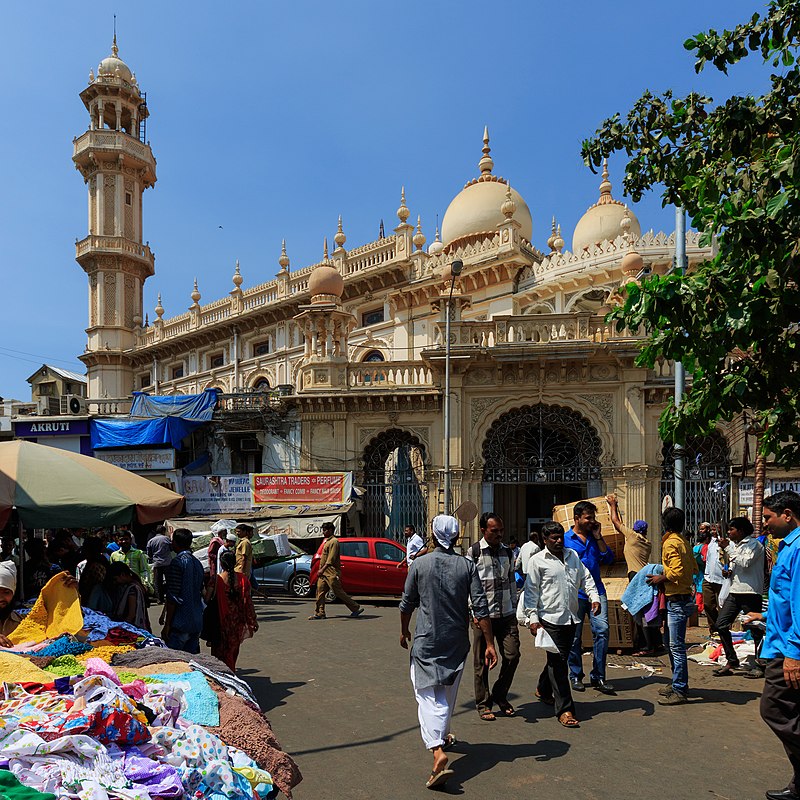
Jawab Masjid Agra inside #TajMahal complex is a historical architectural marvel. Lying on left side of Taj Mahal, the mosque was built to maintain an aesthetic appeal. During late afternoon time, the beauty of this popular tourist site in Agra blooms up as the sun rays fall on it 
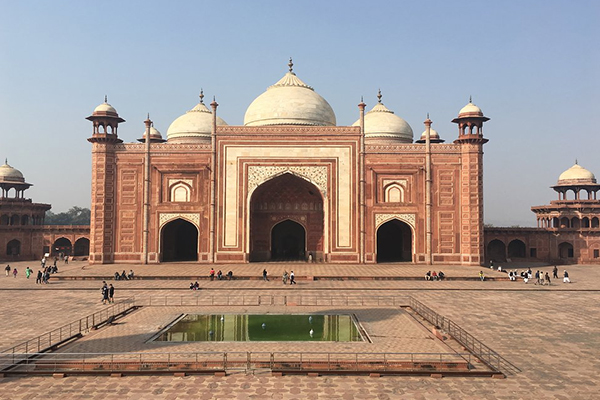
Jama Masjid #FatehpurSikri. #Mughal emperor Akbar commissioned it as part of his new capital city of Fatehpur Sikri. The structure was one of the first sites constructed in the city, and was completed sometime between 1571 and 1574, according to its own inscriptions. 

Jama Masjid of #Bijapur was built by Ali Adil Shah I of Bijapur Sultanate in 16th century. But it was never completed. The construction was begun by Ali Adil Shah I in the year 1576. Though the majority of the mosque was constructed by 1686, the structure never reached completion 
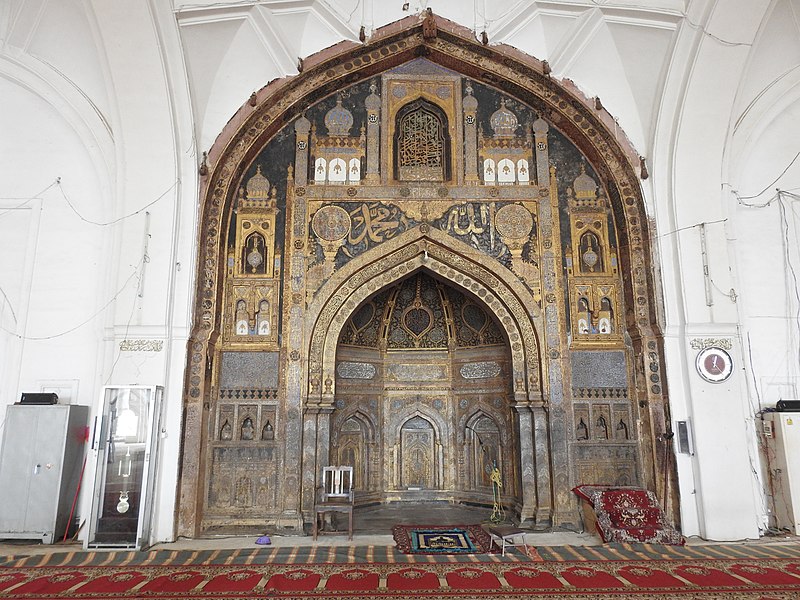
#Mughal emperor #Aurangzeb built an imposing Alamgir mosque in Varanasi in 1669. This is the most beautiful mosque in this historic town. 
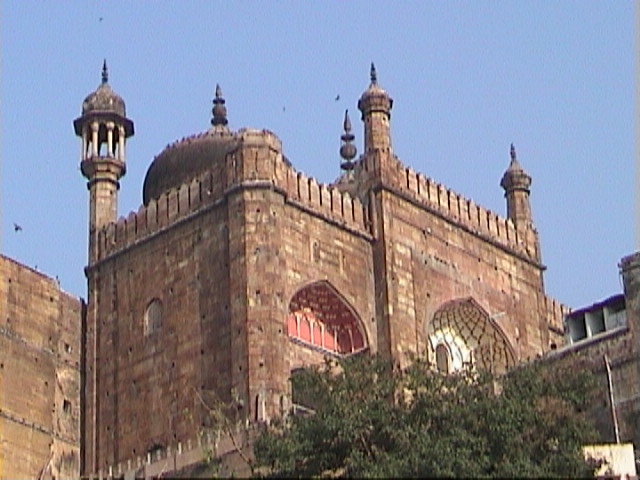
Jama Masjid Jaunpur, one of the largest Mosques in India, is a 15th-century mosque built by Hussain Shah Sharqi of the Jaunpur Sultanate. 
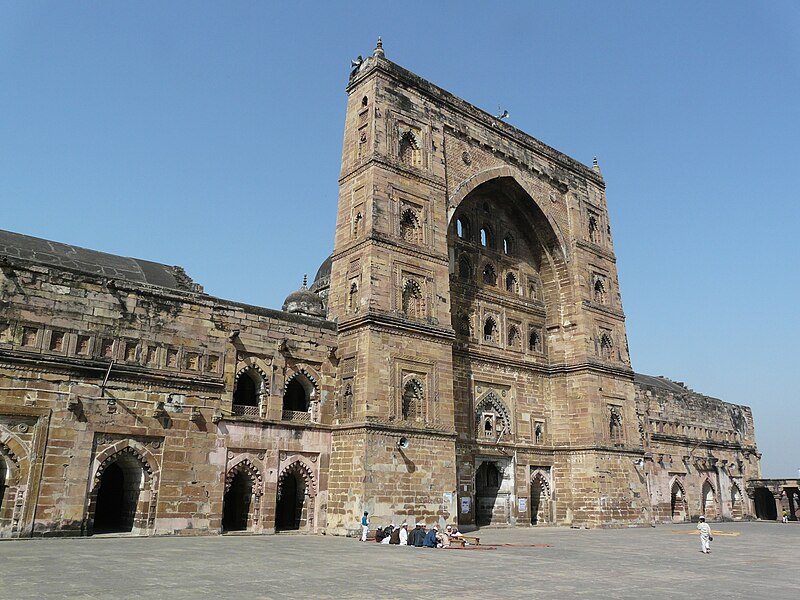
Atala Masjid Jaunpur is 14th century mosque. In 1377 A.D., Firuz Shah Tughlaq began the building of the mosque. It was completed by Ibrahim Shah Sharqi of the Jaunpur Sultanate in 1408. Its height is more than 100 ft. There are three huge gateways for the entrance. 
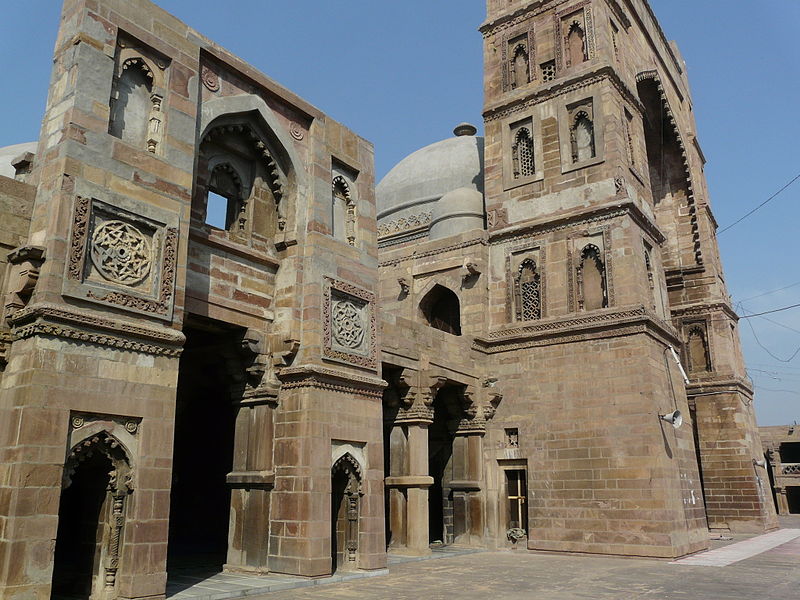
Jamia Masjid #Gulbarga was built by #Bahamani Sultan Mohammad Shah. It is regarded as one of the best examples of mosque architecture in South Asia. The arches design of Jamia Masjid Gulbarga reflects in the interiors of Spanish Mosque of Hyderabad 
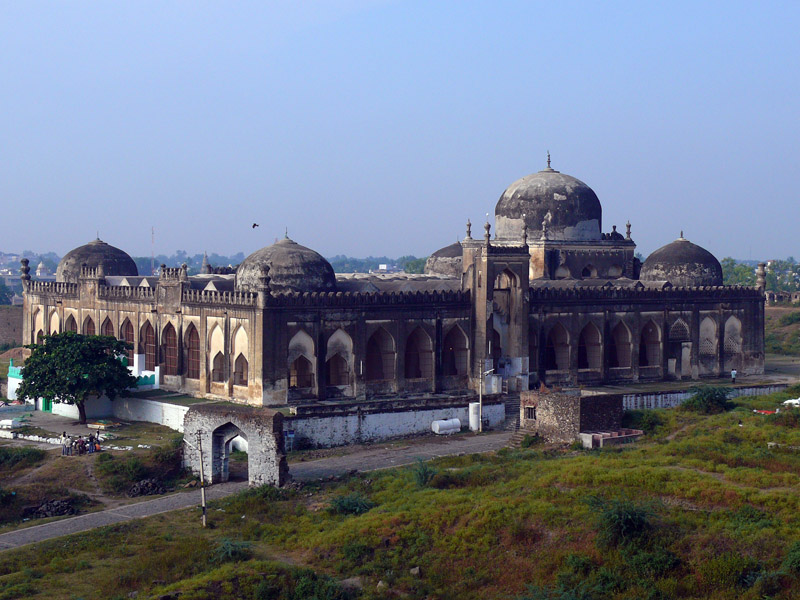
The beautiful Jamia Tonk Masjid #Tonk, Rajasthan was commissioned by the Rohilla Sardar Amir Khan, the first Nawab of Tonk who reigned between 1817 - 1834. The Tonk Riyasat of Nawabs was a short lived dynasty during the twilight period of the Mughal Empire 
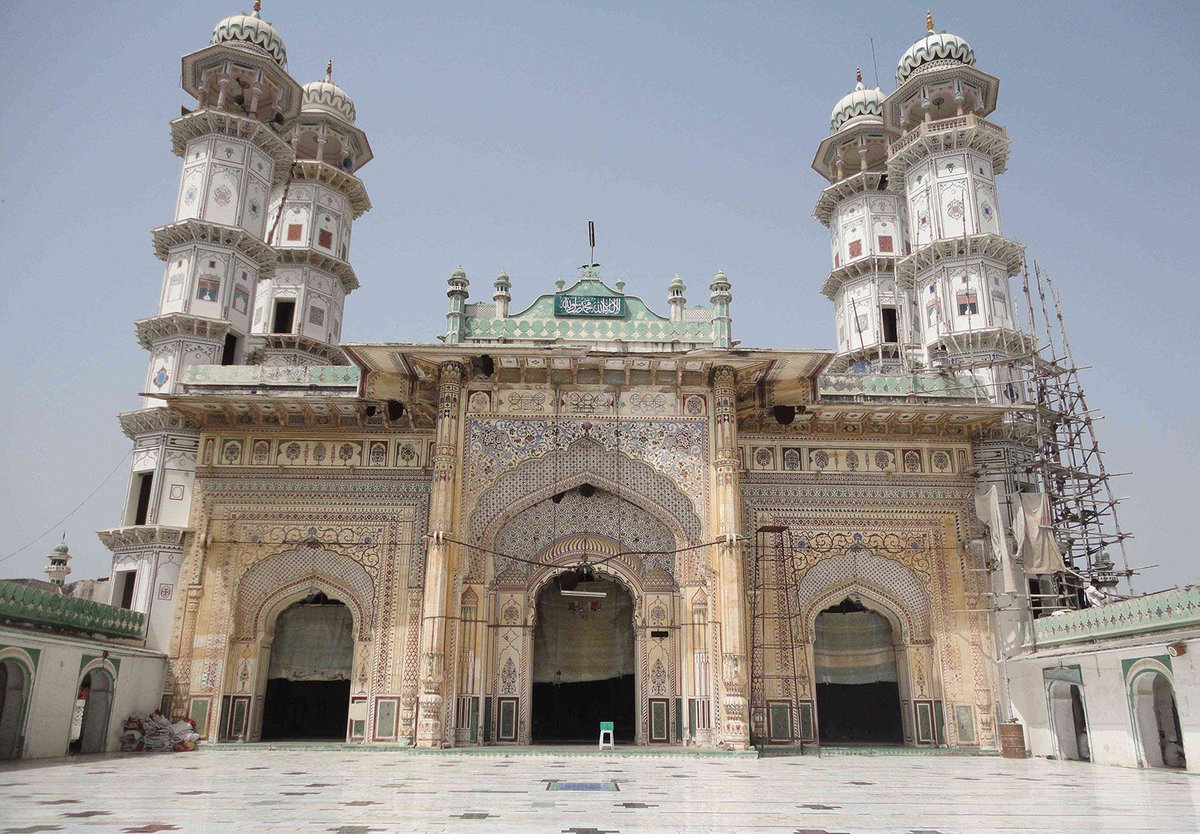
• • •
Missing some Tweet in this thread? You can try to
force a refresh


















